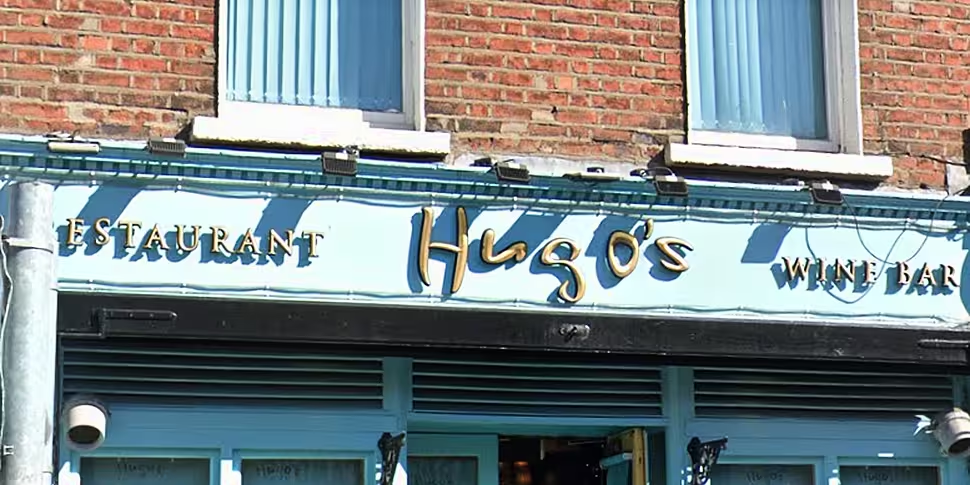A massive rise in prices could soon see more options like crab claws, racks of lamb and fillet steaks disappearing from restaurant menus, according to a leading Dublin restaurateur.
On Newstalk Breakfast this morning, Hugo’s restaurant owner Gina Murphy said the last five or six weeks have seen “massive, massive price increases” for all restaurants.
She said the restaurants all over the country are now “ducking and diving” to keep costs down – but admitted that at some point, the increases have to be passed on to customers.
“We have had massive, massive price increases from all our suppliers over the last five or six weeks,” she said.
“Unfortunately, the war in Ukraine has really impacted everything and the cost of goods has just shot up – I mean we have experienced price increases along the lines of about 30% on most of the goods we are taking in at the moment.
“A container of milk that I buy was €8.50 and it has now gone to €13.60 – this is all in the last five or six weeks. A box of unsalted butter I would buy used to be €51, we are now at €72.50
“Another container of chicken pieces we use for a particular dish would have been €32, we are now at €43.20. So, these are all massive increases.”
Ms Murphy said every restaurant in Ireland is experiencing the same problems.
“We are ducking and diving to tell you the truth,” she said. “We’re trying to reconstruct our menus to try and keep the prices down, but when you have items like butter going up like that, I mean that’s a basic ingredient in so much of our cooking.
“You know, you would use butter in your sauces, in your baking, in your pastry section … but everything across the board is going up.
“Even say, paper napkins. I got an increase the other day of 14% on paper napkins. Just little things like that. My utility bills have gone through the roof.”
Asked what government could do to support restaurants through the inflation crisis, Ms Murphy said it is essential that hospitality VAT remains at 9%.
“If we get an increase in VAT back to 13.5% that has to be directly passed on to customers because that’s not a tax on us; that’s a tax on the consumer.
“So that’s one thing to help us keep prices down. I mean we operate on very, very tight margins so a 1% or 2% difference in price can be the difference between breaking even and making a loss.
“I mean we have had the most horrendous two years as everybody knows and we are all just trying to get back on our feet.”
You can listen back here:









